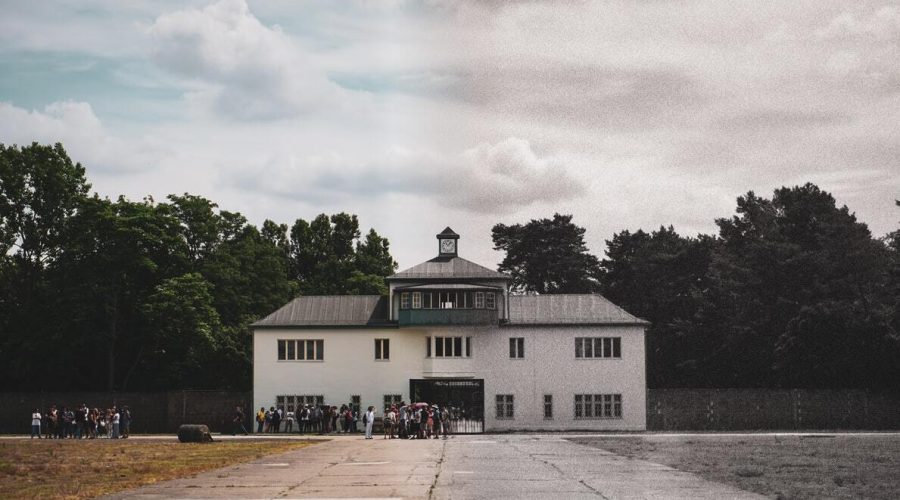Why Wasn’t It Possible to Go Around the Berlin Wall?
The Wall of Berlin, constructed in 1961, was a physical barrier between East and West Germany. It was not just one wall, but a system of barriers that intending to hinder the movement of people between two sides. Today, we will be checking how it was almost unthinkable to circumvent the Berlin Wall.
1. Heavily Guarded Border
The border between East and West Berlin was thoroughly patrolled by soldiers and guarded by a complex system of barricades. This made it highly difficult for people to cross the Wall undetected.
1.1 Watchtowers and Guard Patrols
Watchtowers were set up across the Wall to enable border guards to keep watch all the time. Regular patrols as well as guard dogs also kept people who tried to sneak across the border at bay.
1.2 Minefields
To prevent the escape attempts, the border was often contained by ones potentially deadly minefield. These explosive devices made the crossing hazardous to the extent that only those familiar with the terrain and equipped to navigate it could make the passage safely.
2. Barbed Wire Fencing
Besides being a physical barrier, the Berlin Wall has different layers of barbed-wired fencing. Escalador della Scarpa Wall, qualora irrompesse davanti un filo pericoloso, spigolo, era un atteggiamento dannoso.
3. Anti-vehicle Trenches
Anti-vehicle ditches was an additional barrier against attempts to bypass the Wall by using a vehicle. These large ditches rendered it very difficult to drive or cross over into the prohibited zones.
4. Border Control Points
Proper documentation and permits was the official border control, established along the Wall for individuals who were going to cross legally. Acquiring a permit to travel to the West was difficult and often refused for many East Germans.
4.1 Checkpoints
The most well-known checkpoint was Checkpoint Charlie, a restricted passage between East and West Berlin where people such as Klaus Fuchs and Gustaf Peter Juckel were stopped attempting to travel from West Berlin to East and Western Germany. But to cross here still calls for the document under the appropriate verification cross by the border officials.
5. Ideological Consequences
Going around the Berlin Wall, not to mention the physical obstacles, involved another kind of severe concequences: ideoligical ones. The East German government considered attempts to escape as cowardice and punished those caught attempting to flee to imprisonment or even death.
Conclusion
The Berlin wall was an imposing wall constructed to separate east from west Germany. The whole network of guards, barriers and check-posts nearly made it impassable along the Wall to go round. It was decades after the fall of Berlinian Wall in 1989, that German residents were once again allowed to cross the separated divisions of Germany.
Table of Contents



